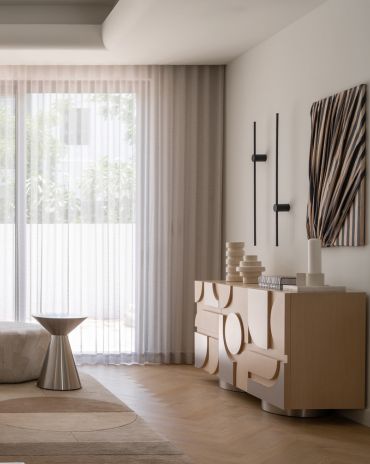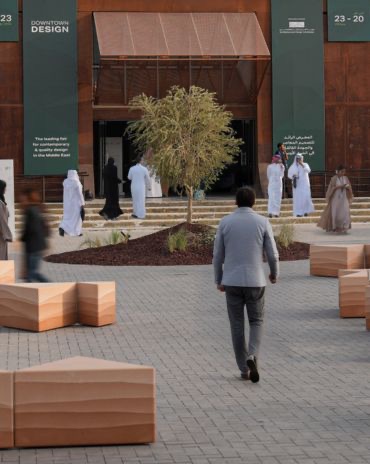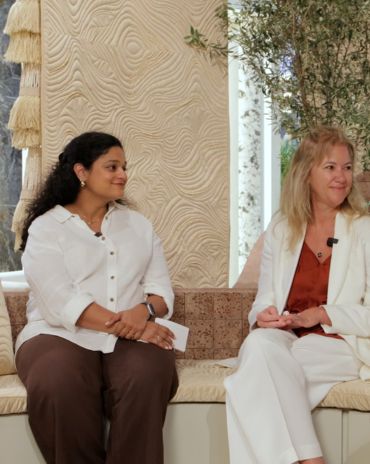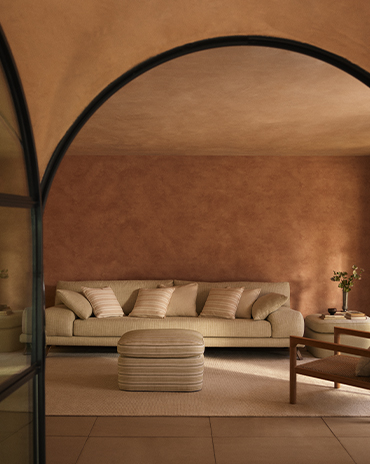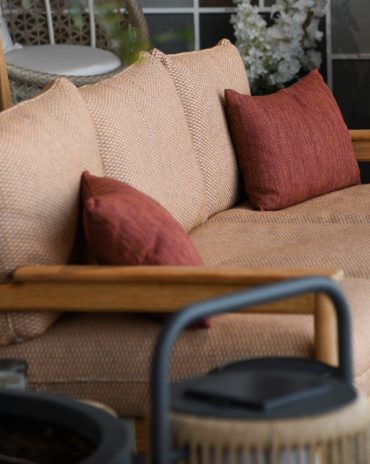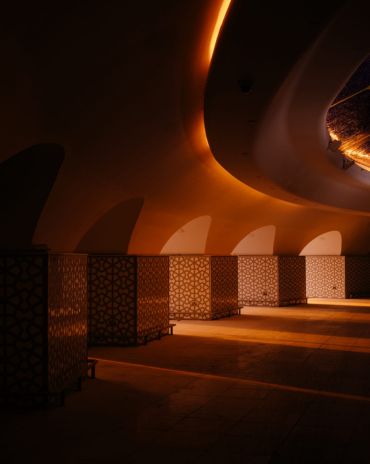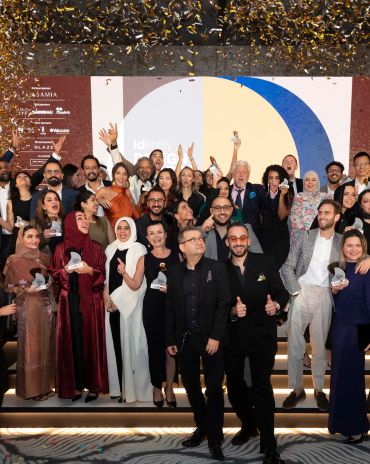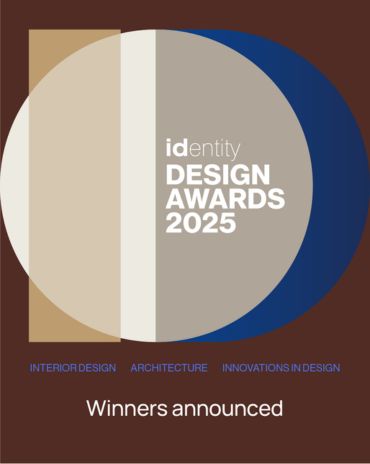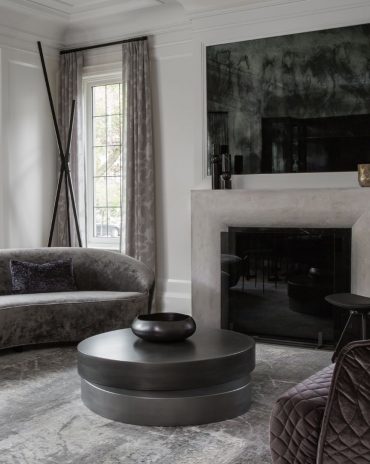Copyright © 2025 Motivate Media Group. All rights reserved.
Lebanese ceramicist Nathalie Khayat follows an intuitive creative process to bring functional and sculptural poetry-filled pieces to life
Working with stoneware and porcelain, Khayat had long preferred white and the absence of glaze
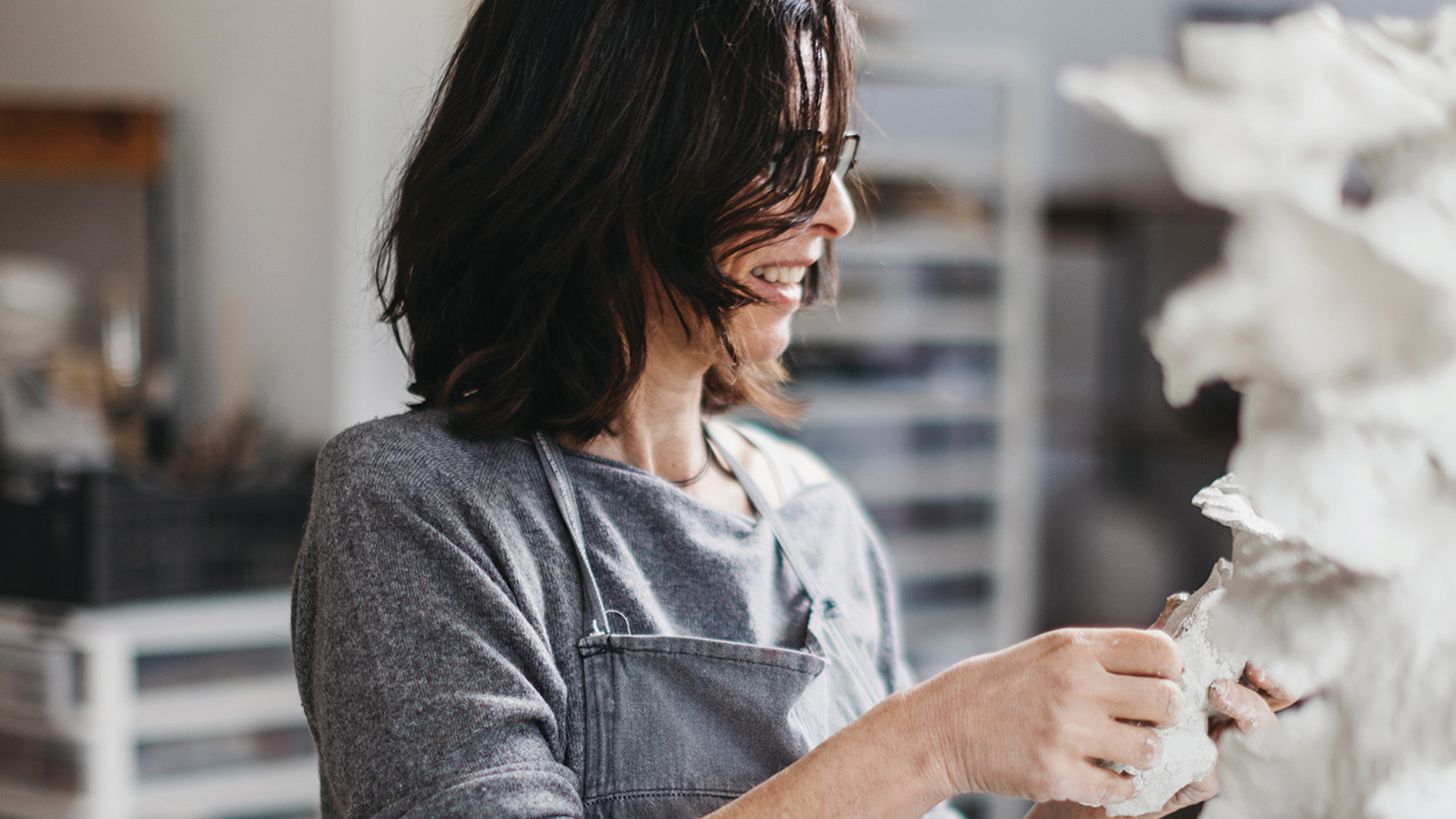
The pleasure of making objects with clay was such that I decided I wanted to be in a studio every day for the rest of my life,” remembers Nathalie Khayat. “After almost 30 years of practice, the ceramic process still fascinates me, and I find it very exciting to keep on exploring it.”
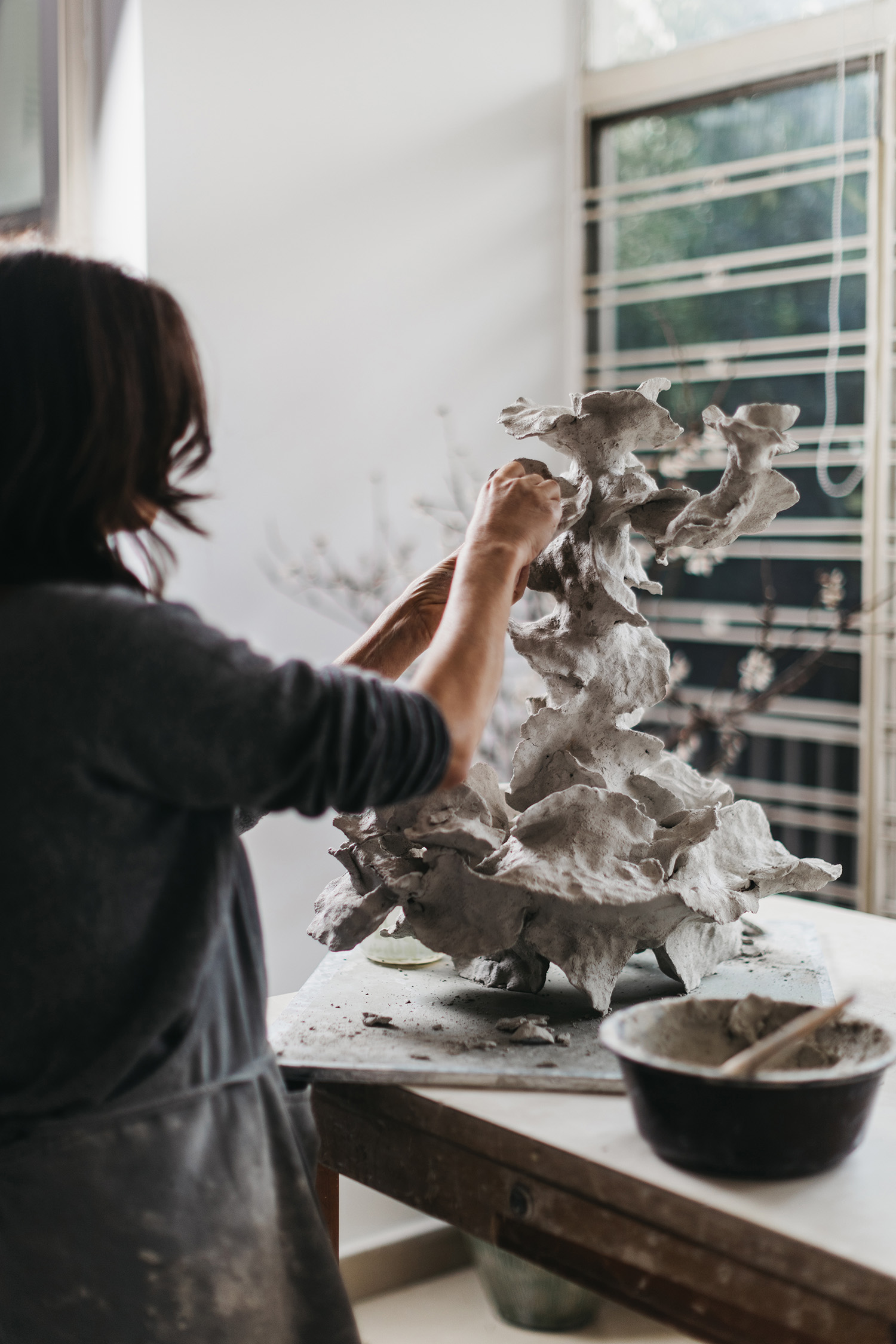
Born in 1966 in Beirut – where she currently resides – Khayat studied ceramics in Montreal. Since 2000, she has been teaching ceramics in her Beirut-based studio. She also regularly works in her second studio in the mountains over Batroun, surrounded by nature. “In both, the quality of the light is a blessing,” she says. “I am so grateful for that.”

Inspired by music, choreography, film and the range of emotions they generate, Khayat confesses to not having a specific idea of what she wants to achieve. Instead, she focuses on the moment and remains “open to take any turn on this journey, as long as it feels right to me,” she says. “When I am moved by something I heard or saw, I feel like running to the studio and starting to make. While working on a piece, I look at how it sounds and moves. I allow it to have a feeling, something subtle, sensual, uncontrolled. At the end, nature is always present, but it is only natural, right?”
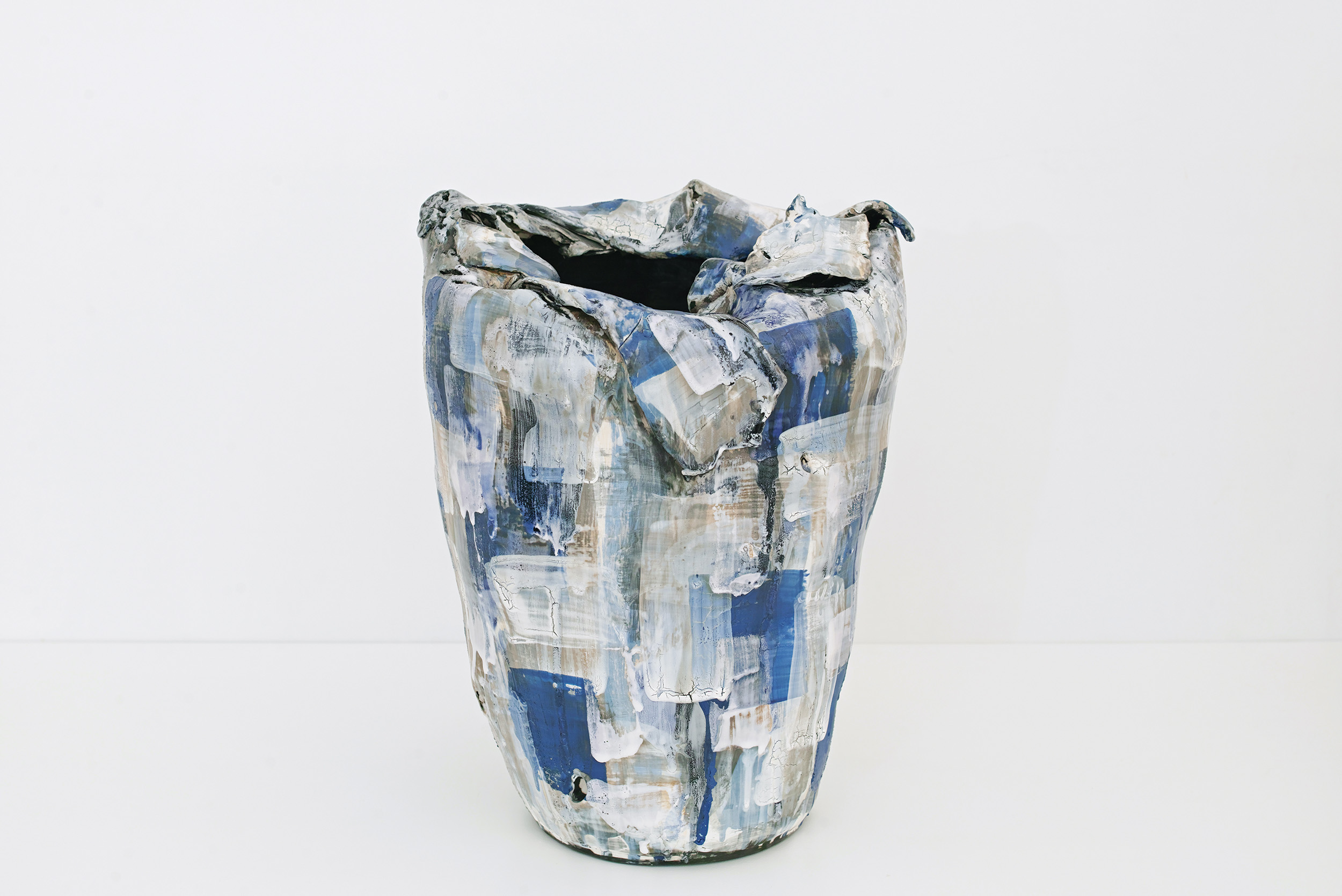
Working with stoneware and porcelain, Khayat had preferred white and the absence of glaze for a long time — her way of emphasising the form itself. Now, she is exploring more and more colour, as well as different firing techniques.
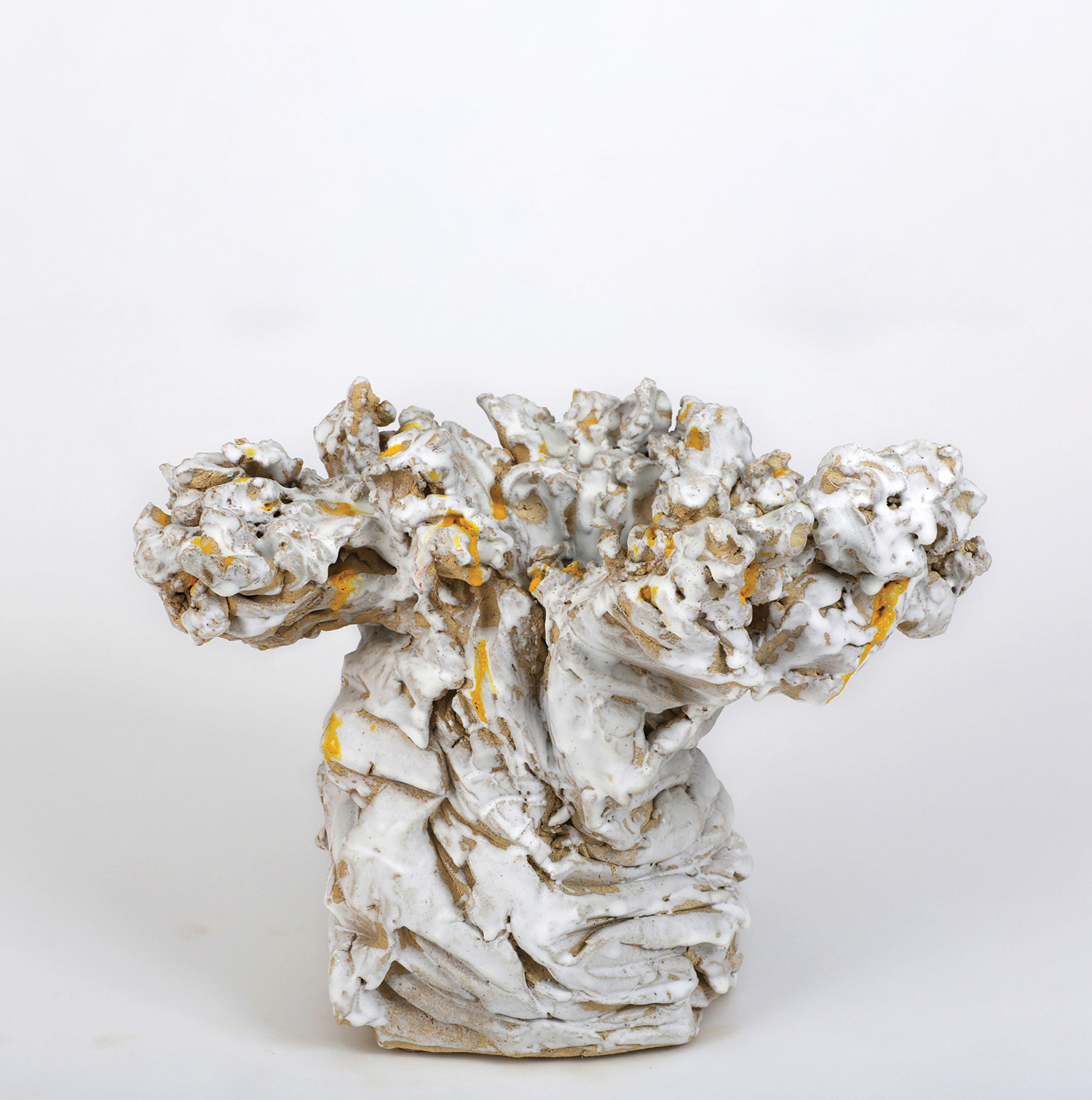
When it comes to her creative process, she explains: “I have the same approach [whether] making a serving plate or a sculptural object. I usually start with an idea that is very formal. Most of the time it questions the material itself and its behaviour while exposed to certain conditions and working techniques. The primary inspiration comes from my direct experience with clay. It’s playful. Then things start happening and I begin to drift from the initial project. This is the most exciting part of the adventure; it takes me to unexplored places and gets me to create unexpected works. For this reason, I do not easily repeat the same objects.”
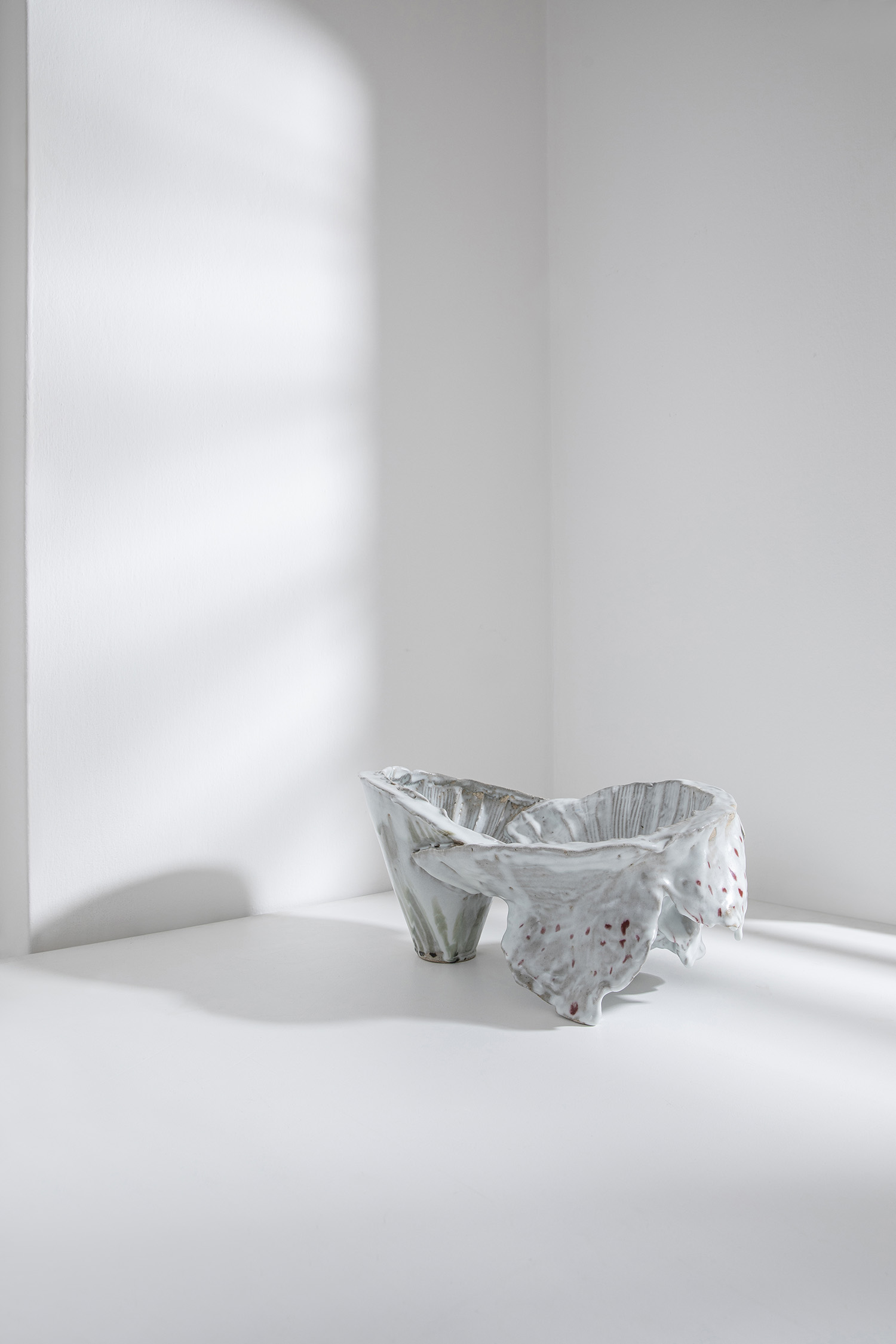
Through this intuitive way of creating, Khayat produces emotional pieces imbued with poetry. “I don’t think there is a message in my work as much as questions,” she says. “I love making unusual objects for a usual use. It somehow engages the users to be creative in return, in the way they will use them.” While living in a country with many challenges, Khayat feels this environment nurtures her creativity even more, pushing her to find ways and solutions to anything, including her creations. “The tremendous energy, people, light, nature, courage in the face of the daily issues, chaos, intensity of everything… and all the mess around me is ironically a real stimulus,” she says.
The Latest
The Edge of Calm
This home in Dubai Hills Estate balances sculptural minimalism with everyday ease
In conversation with Karine Obegi and Mauro Nastri
We caught up with Karine Obegi, CEO of OBEGI Home and Mauro Nastri, Global Export Manager of Italian brand Porada, at their collaborative stand in Downtown Design.
An interview with Huda Lighting at Downtown Design
During Downtown Design, we interviewed the team at Huda Lighting in addition to designers Tom Dixon and Lee Broom.
Downtown Design Returns to Riyadh in 2026
The fair will run its second edition at JAX District
Design Dialogues with KOHLER
We discussed the concept of 'Sustainable Futures' with Inge Moore of Muza Lab and Rakan Jandali at KCA International.
Design Dialogues with Ideal Standard x Villeroy & Boch
During Dubai Design Week 2025, identity held a panel at the Ideal Standard x Villeroy & Boch showroom in City Walk, on shaping experiences for hospitality.
A Touch of Luxury
Here’s how you can bring both sophistication and style to every room
Outdoor Living, Redefined
Messara Living and Vincent Sheppard Unveil “Outdoor at Its Best 2026”
NOMAD Opens Its Doors in Abu Dhabi’s Iconic Terminal 1
A modernist landmark is reimagined as a global stage for collectible design, contemporary art, and cultural dialogue.
In photos: Winners at the identity Design Awards 2025
Presenting the winners of 2025 identity Design Awards.
Identity Design Awards 2025 – Winner’s List
Here are the winners of the identity design awards 2025
Hogg’s Hollow
Set along the bend of a quiet river and sheltered within a mature, tree-lined enclave of Toronto, this riverside residence offers a dialogue between structure and softness, restraint and warmth





